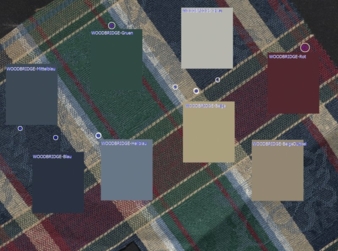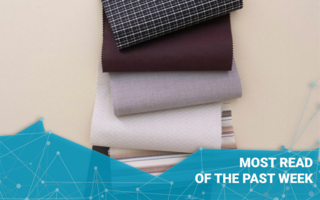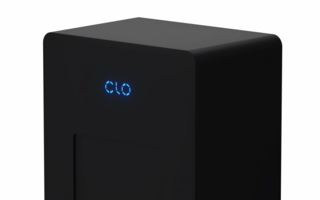15/08/2022 – Software for weaving mills — auf Deutsch lesen
Digital prediction of spectral weaves
In Caddons solution, program data for industrial looms are converted into a photo-realistic representation of the woven surface.
Today’s processes in the textile supply chain are still analogous iterative release processes. The correction information transmitted in these processes is also subjective and not objectively reproducible in its “individual scale” (such as “way too red”).
In Caddons solution, program data for industrial looms are converted into a photo-realistic representation of the woven surface, taking into account all yarn parameters such as specific volume weight, twill, sheen, etc. This is done in the weaving mills by their textile technicians using the “weave simulation program” from the company EAT in Krefeld. The special thing about the Weave simulation from EAT is that programs from other manufacturers can also be understood and easily transferred to a simulation.
This photo-realistic simulation of the fabric can now be transmitted digitally from the weaving mill to its customers with all available yarn spectra. On the customer side, the virtual fabric design can now be freely spectrally recolored with the yarn colors available from the yarn portfolio using the can:colorize system from the company caddon in Echterdingen near Stuttgart. Due to the user interface, this can also be carried out without any problems by users who have no knowledge of textile technology. The result is a color-correct and photo-realistic prediction of the product, as is to be expected when implementing the yarn specifics and colors with the selected weave program.
The advantage of such a spectral representation is that this data set is suitable both for a visual assessment as well as for a metrological spectral evaluation. The spectral property of this virtual weave also allows the correct representation of the color behavior under different types of light. Transferred back to the weaving mill, the customer’s color intent on the dessin in question can be traced there without a doubt.
The manufacturer NVIDIA recently designed its renderer IRay for Maya spectrally, so that the spectral textures developed with the EAT/Caddon system are rendered with correct colors. For this purpose, NVIDIA has implemented the data format of the can:colorize system.




